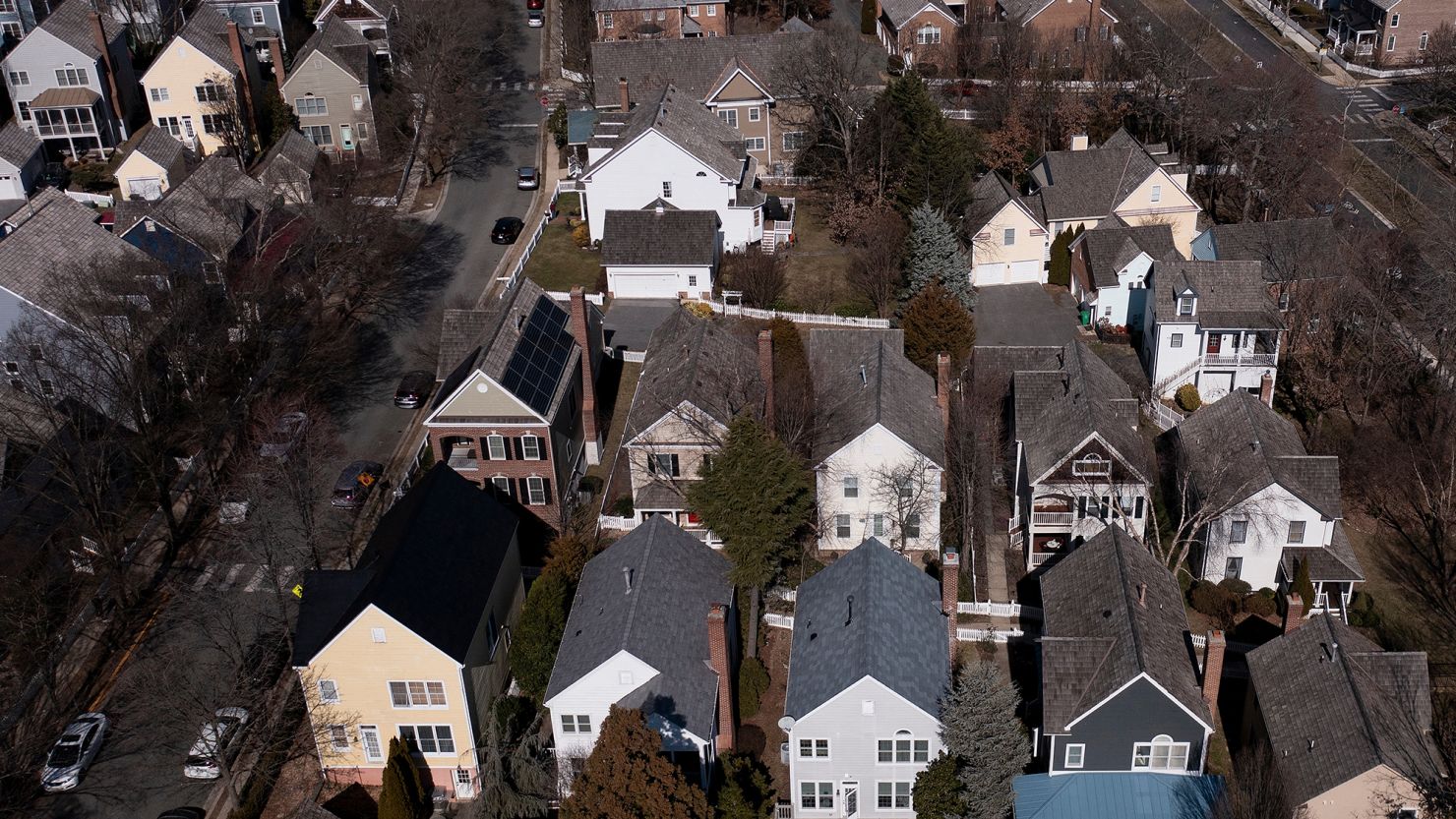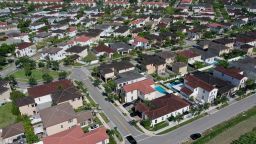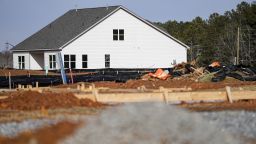Mortgage rates climbed for the fourth week in a row, inching closer to 7% just as peak homebuying season gets underway.
The 30-year fixed-rate mortgage averaged 6.94% in the week ending February 29, up from 6.90% the previous week, according to data from Freddie Mac released Thursday. A year ago, the average 30-year fixed-rate was 6.65%.
“Mortgage rates continued their ascent this week, reaching a two-month high and flirting with 7% yet again,” said Sam Khater, Freddie Mac’s chief economist, in a statement.
Khater said the rise in rates during February has dampened already tentative homebuyer momentum heading into the spring.
Since reaching a 20-year high of 7.79% in October, mortgage rates have been slowly falling. The average rate hovered at around 6.6% for more than a month, which brought improved affordability for homebuyers who have been struggling in one of the least affordable markets in decades.
But in recent weeks, as the market absorbs expectations that the Federal Reserve will not cut its benchmark lending rate until later this year, mortgage rates have trended higher.
While the Fed does not set the interest rates that borrowers pay on mortgages directly, its actions influence them. Mortgage rates tend to track the yield on 10-year US Treasuries, which move based on a combination of anticipation about the Fed’s actions, what the Fed actually does and investors’ reactions.
“Higher-than-anticipated inflation and jobs data are keeping upward pressure on mortgage rates, and an insufficient volume of existing homes for sale in many markets is making it even more difficult for many aspiring buyers to get in the market,” said Bob Broeksmit, president and CEO of the Mortgage Bankers Association.
The average mortgage rate is based on mortgage applications that Freddie Mac receives from thousands of lenders across the country. The survey includes only borrowers who put 20% down and have excellent credit. A current buyer’s rate may be different.
Applications plunge and buyers balk as rates stay elevated
Homebuyers who may have been set to go at the start of the year are now stepping on the brakes as listings are slow to materialize and mortgage rates are not going in the direction they hoped.
Last week, mortgage applications dropped 5.6% from the week before, according to the MBA.
“Higher rates in recent weeks have stalled activity,” said Mike Fratantoni, MBA’s chief economist. Applications for purchasing a home are running 12% behind last year’s pace, he said.
One bright spot, however, is that applications to buy new construction homes were up 19% in January, according to a separate MBA builder survey.
“This disparity continues to highlight how the lack of existing inventory is the primary constraint to increases in purchase volume,” said Fratantoni, noting that mortgage rates around 7% certainly don’t help.
Home affordability worsened in January
Homebuyers remain cost sensitive, and affordability worsened last month, even as rates held fairly stable. The national median payment for a mortgage rose to $2,134 from $2,055 in December, according to MBA.
Higher home prices pushed loan amounts higher in January, offsetting what was a monthly decline in mortgage rates, said Edward Seiler, MBA’s associate vice president for housing economics.
As a result, pending home sales — a forward-looking indicator of home sales based on contract signings, as opposed to closed sales — dropped 4.9% in January and were down 8.8% from a year ago, according to data released Thursday from the National Association of Realtors.
“The job market is solid, and the country’s total wealth reached a record high due to stock market and home price gains,” said Lawrence Yun, NAR’s chief economist, in a statement. “This combination of economic conditions is favorable for home buying. However, consumers are showing extra sensitivity to changes in mortgage rates in the current cycle, and that’s impacting home sales.”
The slower pending sales level in January suggests that sales data may not show improvement in February and beyond, since rates have started to climb.










